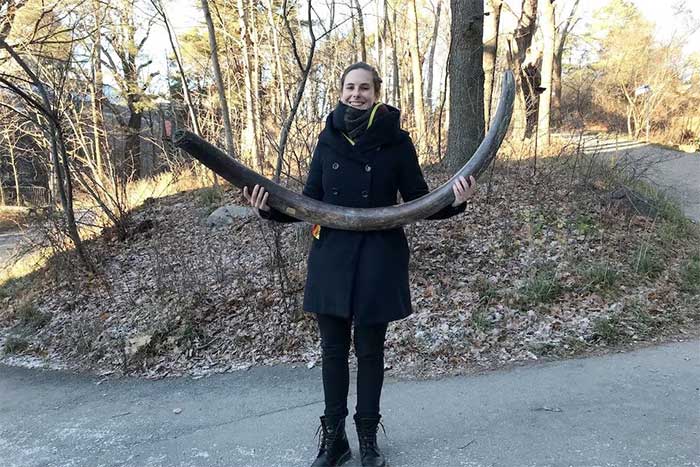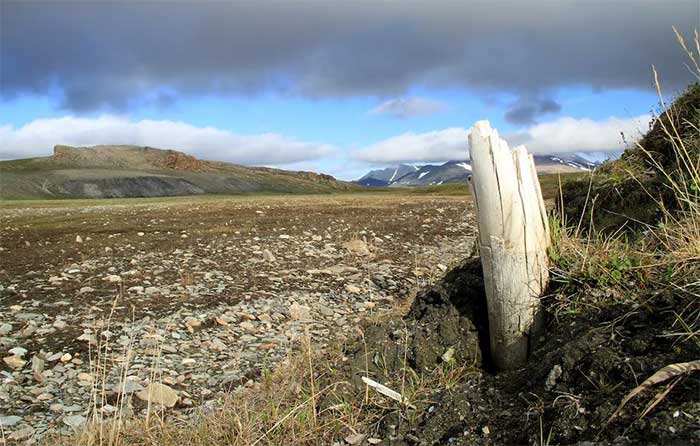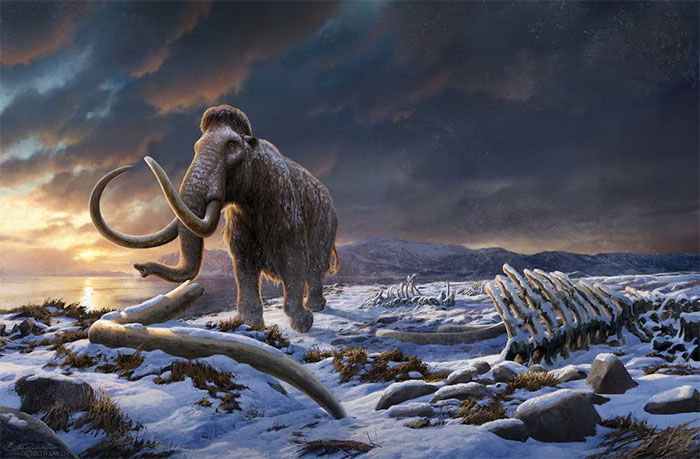About 4,000 years ago, Earth’s last woolly mammoth died alone on an island in the Arctic Ocean off the coast of Siberia, Russia.
It was a sad end for one of the world’s most fascinating Ice Age animals . But what destroyed this last population of mammoths on Wrangel Island? New genomic analysis deepens the mystery.
To date, this study provides the most complete account of the inbreeding , deleterious mutations, and low genetic diversity that this population experienced during its 6,000 years of isolation on the island, but concludes that, despite previous suggestions, these factors were unlikely to have killed off the Wrangel mammoth.
“The reality is that something else and something very sudden caused the mammoth population to collapse,” said evolutionary geneticist Marianne Dehasque of Uppsala University in Sweden, lead author of the study published on June 27 in the journal Cell.
Researchers examined genomic data obtained from the remains of 14 Wrangel mammoths and seven mammoths from a population in mainland Siberia, the ancestors of the islanders, dating back up to 50,000 years.
As the Ice Age ebbed, the dry steppe tundra where mammoths thrived gradually transitioned from south to north into wetter temperate forests amid rising global temperatures, confining the animals to the northernmost reaches of Eurasia.
“This is probably also the reason why the last mammoth was isolated on Wrangel Island, which lost connection with the mainland about 10,000 years ago due to rising sea levels. There may only be a single herd residing on the island ,” Ms. Dehasque said.

Genome data shows that the isolated population in the Wrangel mountains originated at a maximum of eight individuals, then grew to 200 to 300 mammoths in about 20 generations – about 600 years – and remained fine determined.
The study found a decrease in diversity in a group of genes important to the immune system. But while mammoths gradually accumulated moderately harmful mutations, the most harmful defects disappeared from the population, apparently because individuals carrying these mutations were less likely to survival and reproduction.
The study did not include genomes from the last 300 years of the population, but the remains have now been excavated and are planned for genomic analysis.
Previous studies suggested that the extinction was caused by cumulative genetic defects.
“We don’t think the reason was inbreeding, low genetic diversity or harmful mutations that caused the population to die out because if that were the case, the population should have experienced a gradual decline gradually increased in size, causing it to decline toward extinction at a faster rate, accompanied by increased inbreeding and loss of diversity,” said evolutionary geneticist Love Dalén of the Center for Paleontology. , a collaboration between Stockholm University and the Swedish Museum of Natural History, said.
“But this is not what we see. There has been virtually no change in the level of inbreeding or genetic diversity during the 6,000 years the mammoths were isolated on the island. This means that the Population tissue is stable over time,” Mr. Dalén added.

Human hunting also seems unlikely to be the culprit . “I agree that the mystery of how the mammoths died out remains. But from archaeological evidence, we know that humans only arrived here 400 years after the mammoths became extinct ,” said Dehasque.
According to Mr. Dalén, hearths and habitation structures can be easily found as well as flint fragments, reworked bones and tusks, etc. But there are no traces of human interaction with elephants. mammoths on Wrangel Island.
A bird-borne infectious disease could be a possibility, the scientists say . “Perhaps the mammoths would have been vulnerable to this because of the reduced diversity we identified in their immune system genes. Alternatively, something like a tundra fire, a volcanic ash cloud, or really bad weather could have caused a really bad growth year for the mammoths. The vegetation on Wrangel Island is so sparse that it would have been vulnerable to random events like that,” Dalén adds.


